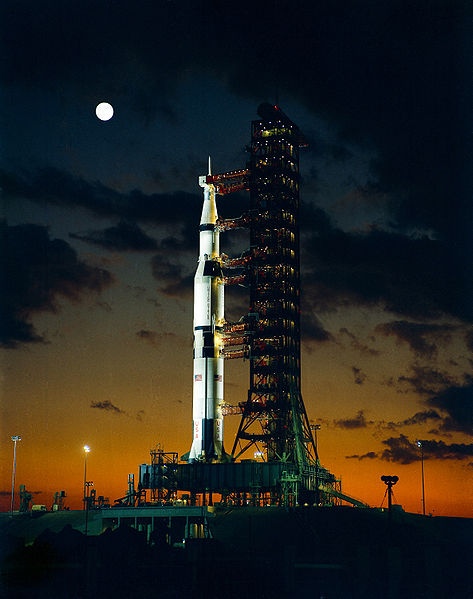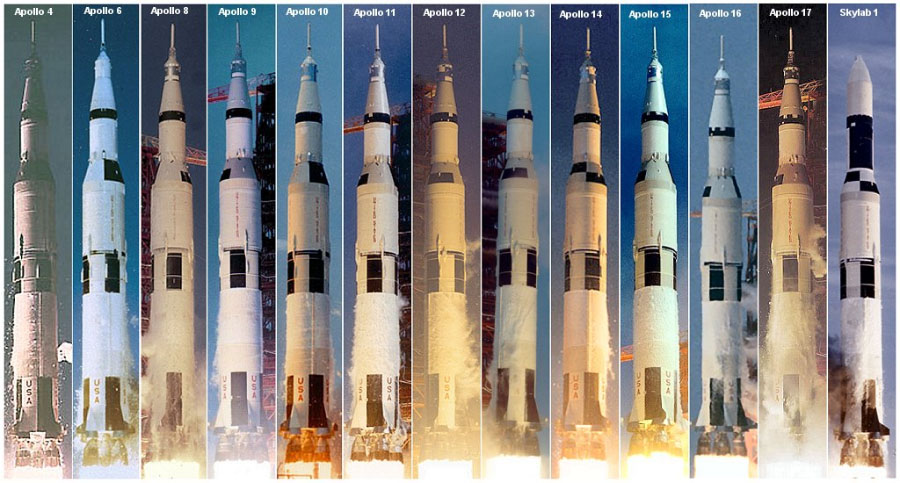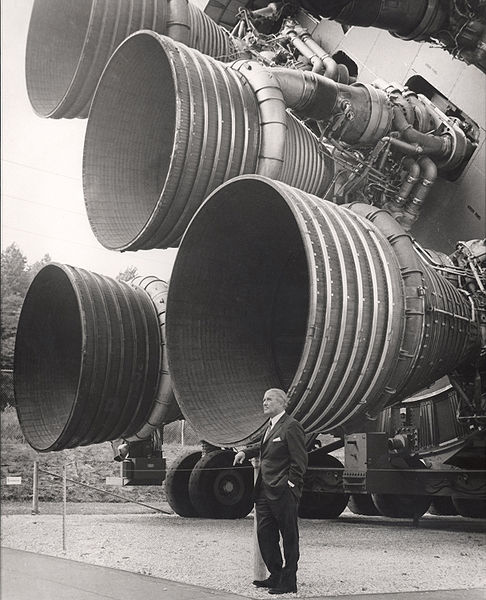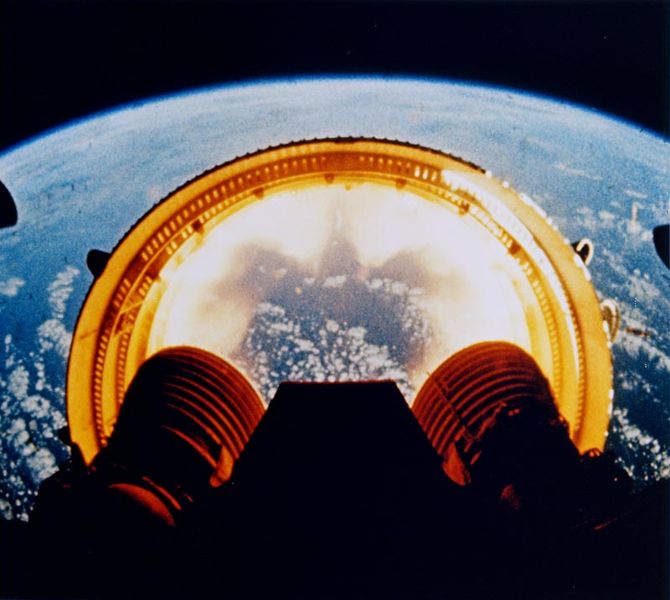Added 3 new A* pages:I've spent a lot of time agonizing over that "10% light speed" figure; the top speed of a ship in space is limited by the maximum velocity of its exhaust, and on the web there are numerous different estimates of what the top exhaust velocity for various types of rocket engines would be.
There have been a number of indications so far--as early as Proctor's "radioactive exhaust" remark in episode 2--that the standard engine type in A* is nuclear--of some sort. Our contemporary (I mean 2010) science seems (I mean according to what I can find on the internet) to dictate a maximum of 5% light speed for nuclear fission engines. Fusion is rated faster--around 10% light speed--but I don't really want to rely on fusion, since the possibility of it ever being practical for something like rocket engines is still quite iffy.
But you can slice fission (hah, didn't see that one coming) a number of ways; for instance, nuclear "pulse" propulsion proposes moving a ship forward by detonating a series of carefully controlled nuclear bombs behind it, essentially. Project Orion was a nuclear pulse ship design that received a good deal of planning and attention in the '50's--that design was rated at a maximum of only perhaps 0.001 percent light speed, but some sources--perhaps optimistically--estimate that with presumably reasonable advances in technology, a nuclear pulse drive could achieve exhaust velocities near 10% light speed. (This Wikipedia entry may be the most concise account of all that.)
So that sounded encouraging, and anyway 10% is a nice round figure. 10% light speed is about 30,000 kilometers per second. By way of comparison, the Saturn V rockets, the huge workhorses of the US during the Space Race of the '60s-- Wait let's have some pictures of them, they're so cool looking (as usual I'm swiping these straight out of the oh so convenient Wikipedia entry :p):
Apollo 4: the first Saturn V

image by NASA (source)
A montage of the various Saturn Vs

image by NASA (source)
The Saturn V stage 1 boosters dwarf their creator, German-American Wernher von Braun, a pioneering scientist employed by the Nazis in their rocket program (such as the V-2s) until the US smuggled him to the States in Operation Paperclip; here he became the father of much of our successful space program

image by NASA (source)
The "interstage" (between stages I and II) falling away during launch of the Apollo 6 mission

image by NASA (source)
--right, so those huge things, using chemical rather than nuclear power, achieved a maximum exhaust speed of...oh man math...specific impulse 421 seconds times Earth surface gravity, 9.81 m/s² iiiiiis...just over 4 kilometers per second, or about 0.0014% light speed. So 10% light speed is pretty serious business!
|
